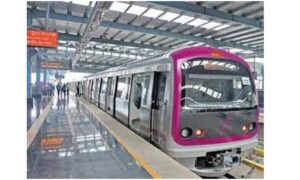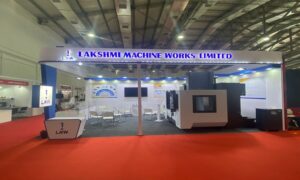Water leakage has been silently worsening India’s deteriorating water scenario. For instance, in Mumbai, almost 27 percent of the city’s water is lost due to leakages. Similarly, 37 percent of Bangalore’s water supply is lost before reaching the end user.
Demand Driven Distribution
Grundfos India, a leader in advanced pump solutions and a trendsetter in water technology has introduced Demand Driven Distribution (DDD) to reduce leakage in water utilities and distribution networks. DDD helps in water leakage upto 20% and thereby energy savings as well.
Leakages can cost water companies much more than the water lost from the distribution system. Demand-driven distribution solutions from Grundfos can help reduce and control leakage by compensating for surplus pressure in the pipes system and by reducing water hammer which causes new holes.
The Distribution system can be designed for an efficient water distribution networks at the pumping station. In general, the controller in the distribution system should control the pumps based on the demand at the critical points.
The System uses a concept of proportional pressure for automatic Adoption; This function automatically optimise the proportional-pressure using pressure data from remote sensors and ensures a constant pressure at consumers or critical points. The pressure at the pumping station shall vary depending on the usage-pattern at the critical points. The system pressure shall be automatically adjusted when a change in water requirement is registered at the pumping station.
An important contributing factor behind new leaks is water hammer. Caused by sudden momentum changes in a pipe system, this phenomenon can be reduced or eliminated by lowering fluid velocities, gradual pump ramp-up/ramp-down or reducing pump size, for example. Grundfos Software analysis packages vary in complexity, dependent on the processes modelled.
By analysing system conditions and consumption patterns, Grundfos specialists assess the options for each distribution network. Our recommendations are held up against the economic level of leakage and the resources available to maintain a viable pressure management strategy.
Features and benefits
- Energy efficient operational efficiency
- Minimises leakages and water wastage
- Increased comfort due to stable pressure at critical points
- No need for manual intervention to regulate the pressure
- Extended system lifetime
Applications
- Water distribution
- Pressure boosting
Cookie Consent
We use cookies to personalize your experience. By continuing to visit this website you agree to our Terms & Conditions, Privacy Policy and Cookie Policy.















